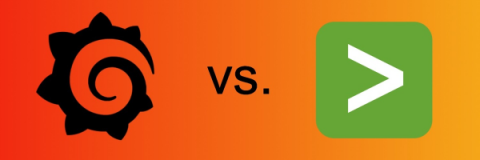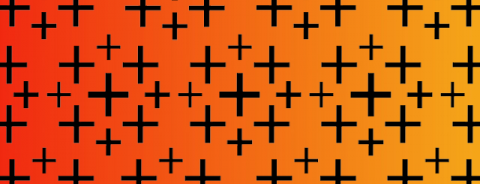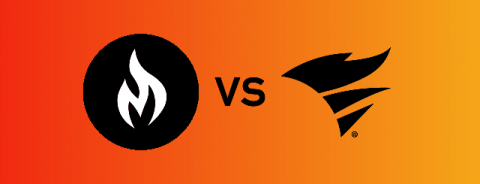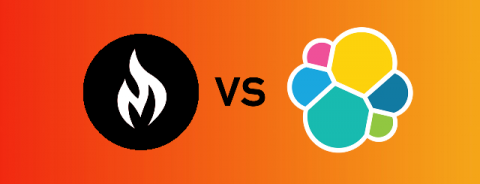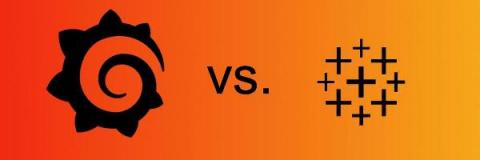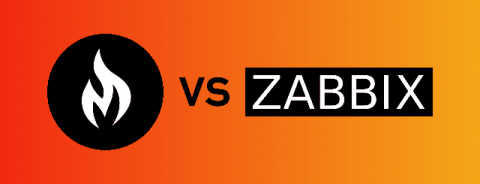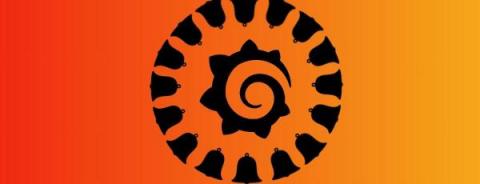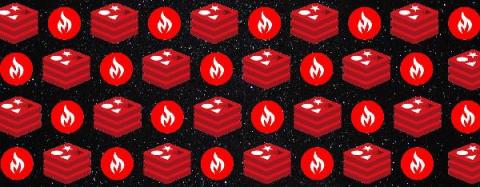Grafana vs. Splunk
Are you trying to choose between Grafana and Splunk, but can't find enough information about their capabilities? In this blog, we highlight the details of why a user should select Grafana OR Splunk as part of their monitoring stack and what are the user benefits of each. Also, you can check out what it's like to make your own Grafana dashboard using our MetricFire free trial. Get onto the product in minutes and see if you prefer Grafana over Splunk.


